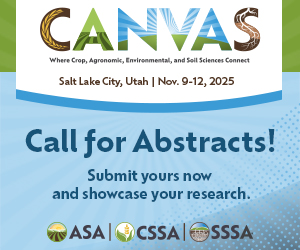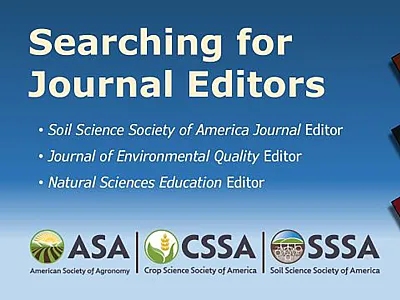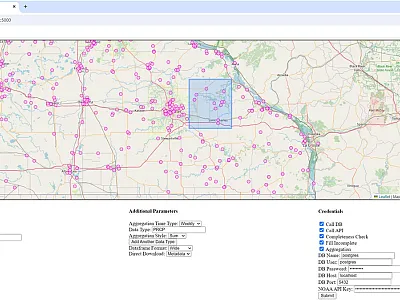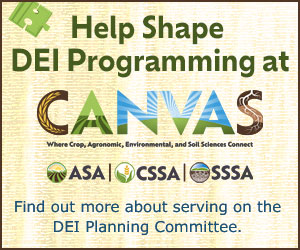Soil and Language
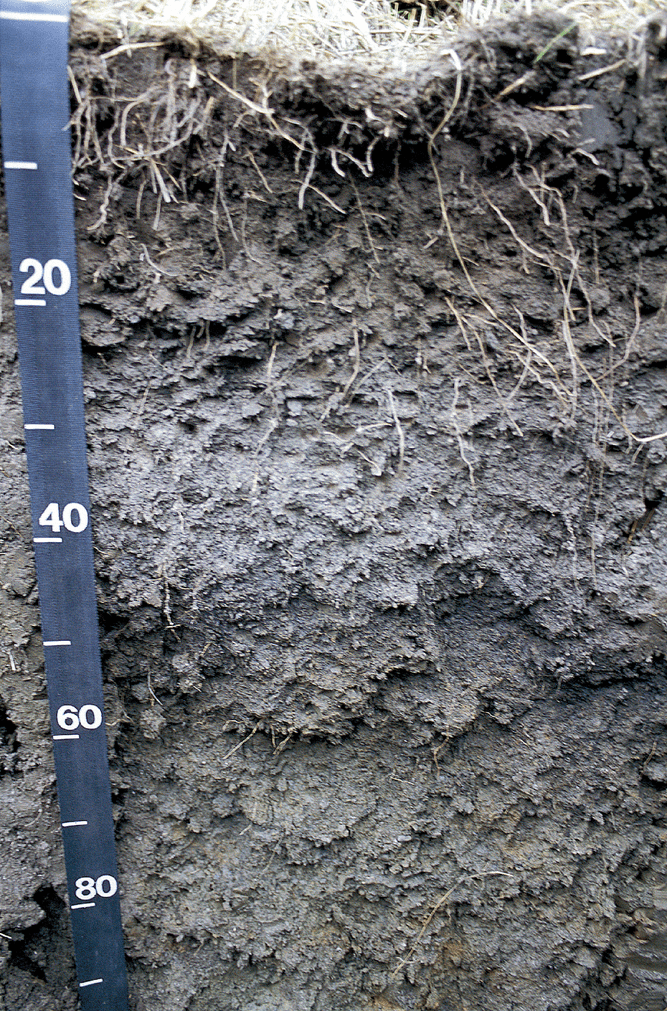
I have been thinking a lot about language and culture lately. Nearly 40 years ago, I learned to speak French sufficiently well to survive for a year working in France. I worked in a lab, conversed with colleagues and students, participated in scientific meetings, and presented lectures in French. (Fortunately, my French friends were very patient.) The experience profoundly changed my perspectives on soils, science, language, and culture. All who speak more than one language can appreciate this. After all, not all words or concepts have a direct corollary in another language. And when we learn to communicate in a second language, it can improve how we communicate in our first language, too. Surely our lives can be enriched by knowing another language and culture, especially if we learn well enough to think in that language. (Even decades after I lived in France, I still have dreams in which I speak French—and much better French than I can speak while awake!)
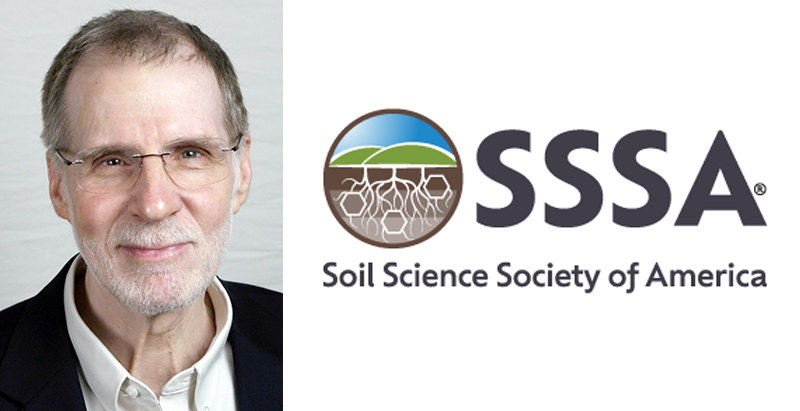
Because the languages we speak typically reflect our family histories as well as the places where we grew up or where we now work, some members of SSSA speak only English, but some are bilingual, and some are multilingual. Presumably we all speak or are learning to speak “soil science.” What do you think about the language of soil science? Is it a language that we only speak to one another—one that we understand well but that can be opaque or confusing to scientists of other disciplines or to the lay public? To what extent do we assume that our vocabularies, our idioms, our acronyms, and our logical connections are implicitly understood by our listeners or readers?
Like all human language, the language of soil science takes many forms, but it’s all about communication. We use words to represent objects, organisms, concepts, people, etc., and we arrange those words into recognized patterns (a grammar or syntax) to transfer our ideas to those we speak to or write to. As with all language, effective communication in soil science depends on shared vocabularies and syntax, which are themselves strongly shaped by history and culture. The language of soil science can be adapted to specific communication contexts in the form of bespoke vocabularies, grammars, dialects, and idioms, but in all cases, effective communication will depend on how well the expectations of the speaker or writer match with those of the listener or reader.
In the next few paragraphs, I would like to focus on one aspect of language: vocabulary, i.e., words. After all, knowing the vocabulary is certainly the first step to learning to use a language effectively.
The Vocabulary of Soil Science
For the sake of discussion, I have conjured up four ad hoc, non‐exclusive classes of words that we use in soil science: broad, settled, unsettled, and evolving. One could develop a different typology with different classes, of course, but let’s see where those four categories take us.
Broad terms. Most words have multiple definitions, and they can mean different things in different contexts. Some overlap in definitions may be valuable if the definitions suggest attributes that are shared or similar. While the differences in meaning of a single word can be confusing, they also invite us to reflect on what we really mean when we use that word.
Many words we use in soil science are common in discourse outside of soil science, too, and soil is a preeminent example. We have our debates about how soil should or could be defined, but I’d say it’s fine if there are different definitions of soil, as long as the speaker’s context is clear and understood by the listener. Sometimes we torture ourselves to devise a single definition of soil that fits all contexts. But in some contexts, we might want to emphasize the “whole soil”—the solum, while other times it may be sufficient to focus attention on just the soil of the rooting zone, for example.
Soil health is another term that defies simple definition and that probably benefits from having a broad scope. Fertility, horizon, texture, structure, and even clay are words that certainly have meaning outside of our discipline. But we soil scientists have our unique definitions of these terms, definitions that have been debated and agreed upon for our particular contexts. To make sure that our communications will be more effective and efficient, it pays to understand the specific context and stick to those agreed‐upon definitions when we talk with one another about soil science.
Settled words are words that can be specific to soil science and are very carefully defined, perhaps on the basis of particular measurements. For example, cation exchange capacity is defined with reference to a specific exchanging cation and a buffered or unbuffered pH. The words we use to talk about diagnostic horizons, such as the argillic horizon, fall into this category, too. Ped is a term that is qualitatively defined, but it is unique to soil science, and its definition is widely accepted.
Unsettled words are words in the broad category that can be misunderstood when used without careful definition. Some examples on my list are available nutrients, fixed potassium, mineralization, and biomineralization. Because the words themselves can be ambiguous, we sometimes define them analytically, hoping that if the method of determination is standardized, we will all be talking about the same thing. Sometimes that approach works. Sometimes, though, particularly in the context of soil testing, we fail to communicate that our analyses are only predictive proxies, not true measurements of something we want to know (e.g., available nutrients). Other times, the analytical method may not be appropriate for the soil in question, or the analytical values may not have been correlated with the outcome they are being used to predict.
Evolving words are those with established meanings that are proposed for revision, to refine older terms or to differentiate a new category. An example is highlighted in the wonderfully detailed review of uses of colluvium and alluvium by Bradley Miller and Jerôme Juilleret (2020) published in Earth‐Science Reviews (https://doi.org/10.1016/j.earscirev.2020.103316). Another example concerns the evolving definitions of words related to soil carbon (including sequestration, persistence, recalcitrance, and stabilization). It is vitally important that scientists and policymakers agree on what these words mean as legislation and soil management programs related to soil health and climate change are developed (Dynarski et al., 2020; https://doi.org/10.3389/fenvs.2020.514701).
In your world of soil science, which words do you think are evolving? Which words are easy to misunderstand—perhaps by the public, by students, or by other soil scientists? Are there broadly conceived soil science terms that you think ought to be defined more tightly?
Of course, the words we use are just sounds or scratches on paper until we give them symbolic meaning by telling stories with them. And the “right” words in a given context can provide the “granularity” of expression that allows us to more effectively communicate those stories about what we see, feel, hear, taste, or smell—and what we experience. Yes, soil structure really is a different concept than soil texture, and for that matter, granular structure is quite different from subangular blocky structure. Because I have those words in my vocabulary, I can tell more complex stories about soil. And as the meanings of words change over time, new definitions can increase the sophistication of our communication and understanding.
The words we use shape our thoughts and actions in profound ways. For example, does your research project seek to “test a hypothesis” or “prove a theory”? Are you “exploring” unknown territory? Or are you “expanding” a familiar database? Do you expect your results to apply to soil (in the most general sense) or only to the subset of soils you have sampled? Your answers to those questions are likely to determine not only the experiments that you devise but also how you interpret their outcomes. In soil science, our words set boundaries on what we choose to investigate, how we choose analytical procedures, how we interpret our data, and how we explain our ideas to other scientists, to clients, or to lay people. While meanings are dynamic, words may never be fully evocative of the depth of meanings that their users intend for them and assume others will share. So we must constantly be aware of the “spaces” between words, even the words of science.
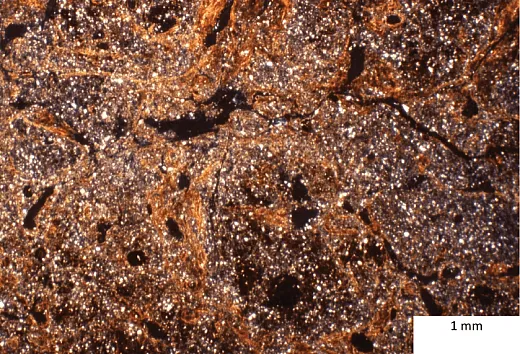
Soil Taxonomies
Finally, taking a step beyond the complexities of vocabulary per se, let me turn to soil taxonomies like the World Reference Base for Soil Resources or the USDA’s Soil Taxonomy. Soil taxonomies are languages inside the language of soil science. For example, the USDA’s Soil Taxonomy is intended to be a comprehensive classification system and was created to facilitate soil surveys and their interpretations. It is succinct, systematic, internally consistent, and powerful in that it affords remarkably precise and concise communication about a very complex subject.
While it is designed for soil survey, Soil Taxonomy is useful for multiple purposes. Importantly, it invites us to take account of the entire solum as a natural body on the landscape, not just the rooting zone where biological activity is normally high. In using Soil Taxonomy, one must focus on quantitative assessment and comparison of soil characteristics; it directs our attention to properties and processes that differentiate one soil from another.
To some, Soil Taxonomy might seem legalistic, difficult to learn, and perhaps more than one needs in their specialized soil science context. But I encourage all soil scientists to learn another language—the language of a soil taxonomy. Can you “survive” professionally without it? Probably. But it is likely that your work as a soil scientist will be enhanced greatly when you become bilingual. You may find it challenging, and you will make mistakes. But you will grow in your understanding and appreciation of soils as natural bodies, their diversity, and their “whole‐profile” participation in landscape‐scale processes. You may only use this language in the specialized world of other soil scientists. But learning to speak another language changes the way we see the world, enriches the stories we tell in our first language, and connects us in new ways to the beautiful, awesome soils that ground us.
References
Dynarski, K. A., Bossio, D. A., & Scow, K. M. (2020). Dynamic stability of soil carbon: Reassessing the “permanence” of soil carbon sequestration. Frontiers in Environmental Science, 8. https://doi.org/10.3389/fenvs.2020.514701
Miller, B. A., & Juilleret, J. (2020). The colluvium and alluvium problem: Historical review and current state of definitions. Earth‐Science Reviews, 209, 103316. https://doi.org/10.1016/j.earscirev.2020.103316
Text © 2025. The authors. CC BY-NC-ND 4.0. Except where otherwise noted, images are subject to copyright. Any reuse without express permission from the copyright owner is prohibited.



